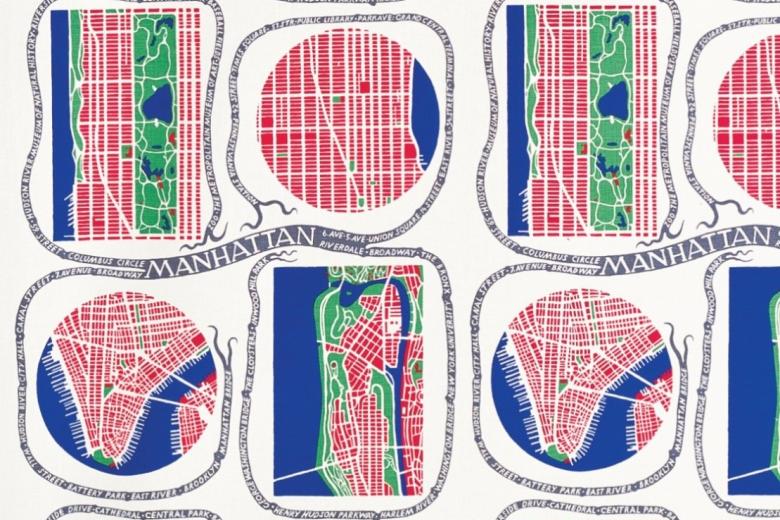The deaths of Don Quixote and Pepe the Frog: copyright-wise
Authors may sentence fictional characters to death to counter unwanted transformation of their characters. The authorship that copyright vests in authors grants them indisputable authority over their creations, so that their characters do not die from users’ transformation.
The deaths of fictional characters are rarely associated with copyright, as their fates depend entirely on authors’ will. Admittedly, while their deaths are most often consequential to the development in fiction, they can also be the authors’ reaction to reality. In the examples of Don Quixote and Pepe the Frog, it was obvious that their deaths were gestures that their authors sent to stop users from transforming the characters. As effective as their deaths were, the question remains as to what added value copyright brings compared with “killing” the characters in their works.
The death of Don Quixote
Don Quixote is a literary character created by Miguel de Cervantes in the novel Don Quixote. The novel was published in two volumes, in 1605 and 1615 respectively. During the long gap between the two publications, the author fought the Battle of Lepanto and lost his left arm while someone else published a novel featuring the character Don Quixote. In response, in the second volume, Cervantes told his readers
“… bear in mind that this Second Part of ‘Don Quixote’ which I offer thee is cut by the same craftsman and from the same cloth as the First, and that in it I present thee Don Quixote continued, and at length dead and buried, so that no one may dare to bring forward any further evidence against him, for that already produced is sufficient; ….” (emphasis added). [1]
The death of Don Quixote was a strategy to end unwanted user’s transformation. Because copyright did not exist back then, in theory, everyone could write and publish Don Quixote stories. By stressing that the Second Part was done by the same author, Cervantes was asserting authority, rather than authorship over the character. Killing Don Quixote could not preclude others from writing prequels, anecdotes or adventures in alternative universe, but it severely reduced the authority of future Don Quixote works. Lacking authority, it was meaningless to transform Don Quixote into new works.
The death of Pepe the Frog
Pepe the Frog is an artistic character created by Matt Furie in a series of comics works published from 2005 to 2017. During the lifespan of the series, memes featuring Pepe were uploaded on the Internet. The series had been successful until hate-speech hijacked Pepe around the presidential elections in the U.S. and France. The author launched a campaign, urging users to save Pepe by making and spreading memes associating Pepe with love. Despite much effort, the loving Pepe could not wrestle the hating one, so eventually the author posted a drawing on his Tumblr page, depicting Pepe dead.
The death of Pepe was also a strategy to end unwanted user’s transformation. Curiously, Furie did not assert authorship over the character, despite owning the copyright. In fact, Furie had copyright both in each individual comic work and the character Pepe. Those memes were essentially derivatives of the character, instead of comic works. There could have been a great likelihood of success, had Furie requested blocking the memes based on authorship. It is tempting to assume that killing a character is cheaper than exercising copyright. From an author’s perspective, killing a major character risks a whole series of works and audience community. Furthermore, the effect of killing the character was still limited to cutting the tie between the author and follow-up works featuring the character, which did not warrant the end of hatred-airing memes.
The added value of copyright
The inquiry about copyright’s added value in the cases of Don Quixote and Pepe the Frog is one that assesses the alternative that copyright offers authors, before they decide to kill their well-crafted characters. One side of the coin is the level of dependence with which authors rely on users’ cooperation. Cervantes solely depended on himself to stop the user. In comparison, Furie reached out to other users to stop the users who had been abusing his character. The other side of the coin is the source of authority required to put an end to unwanted transformative use. The authority of Cervantes came with his art displayed in each pieces of his works, which could be rebutted by his competitors. To dissuade the other Don Quixote writer, who supposedly wrote decently, Cervantes had to prove his authority by exceeding that man and himself, in which he succeeded. For Furie, relying on his authorship, his authority was indisputable. Hence, he could afford to rely on rallying users to “redeem” his character, instead of taking it on his own to oppose unwanted transformations. In this sense, had his call been earlier, the authority that stemmed from his authorship could have rallied enough support to prevent Pepe’s death. Therefore, Furie’s not exercising copyright showed exactly what the added value of copyright is: the ability to exercise authority in the users’ network by grace of his authorship in the work.
By Xi Lin, presented in the workshop “Trust in Trade in a Data-driven Economy” during Ius Commune Annual Conference 2018 in Amsterdam.
| More blogs on Law Blogs Maastricht |
X. Lin
Xi Lin is a Ph.D. candidate in intellectual property law at Maastricht University, under the supervision of Prof. Dr. Mr. Anselm Kamperman Sanders and Dr. Ana Ramalho. Sponsored by China Scholarship Council, she became a fellow member of the Institute for Globalization and International Regulation in autumn, 2016.

-
Protection of reputable marks beyond confusion: does “due cause” help to strike a balance between trade mark proprietors and content creators?
Content creators, exercising their freedom of expression, may use trade marks in their content in a way that might damage the interests of trade mark proprietors (e.g. use of Nike shoes in a porn movie). How does EU trade mark law address these different interests?

-
Computer-Implemented Inventions: has the term “invention” in the EPC lost its meaning?
The European Patent Convention defines subject-matter that is not eligible for patent protection, such as methods for doing business. However, when implemented by a computer, non-eligible subject matter becomes eligible for patent protection. Is this desirable?

-
The ambigous nature of the amended European trademark functionality doctrine
EU trade mark law excludes certain signs from becoming registered trade marks. In particular, shapes cannot be registered if they are necessary for achieving a technical result. In 2015, the amended Regulation broadened this exclusion to ‘another characteristics'. But what is now covered exactly?
